Lafayette Anticipation associate curator Anna Colin talks to artist Tyler Coburn about Ergonomic Futures, a speculative project engaged with art, design, science, anthropology and writing. In this interview, Coburn discusses the research, production process and network of collaborators of a multilayered project ultimately concerned with the futures of humankind. Anna Colin: When one comes across your museum seats Ergonomic Futures (2016—) in contemporary art exhibitions—and soon in natural history, fine art, and anthropology museums—they look… [read more »]
Simplexity™: Utopia and Dystopia in the world of Telfar
In a time which has been referred to as postmodern, the grand ideological narratives of the past cease to exist, or are at least reshaped or replaced by meta-narratives1. Idealism and the modernist idea of ‘constant progression’ dominated the 19th and 20th century, nourishing the fabrication of countless Utopias in culture – that is, fantastical ‘nowheres’ of the mind, ‘ideal, imaginary societies.’2 However, in the self-referencing, ironic, cynical, pastiche-ridden climate of contemporary art and fashion, imagined Utopias are rarely conceived. Still, their resonance, impulses of Utopia, remains.
Idealism and ‘images of perfection’ have to a large extent been occupied by the world of advertising, constantly generating, and by that, exhausting the idea of a Utopia3. Advertising transforms the avant-garde, the projected dream of Utopia, into a late-capitalist commodity fetishism widely available for mass-consumption.
The term ‘avant-garde’ has in art as well as in fashion been ephemeral, frivolously applied to many different artists, designers and artistic collectives, connected only through their position as ‘ahead of (their) times’. Now, the ‘avant-garde’ term is arguably mainly associated with the historical avant-garde of the 20th century; the impressionists, the cubists and the surrealists were all considered avant-garde in their formal and aesthetic experimentation, culminating with the Dadaists.
Extending its art-historical definition, ‘avant-garde fashion’ has usually been characterised by having either an association to artistic practice (dating back to Emilie Flöege of the Wiener 1903 Werkstätte) or a particularly conceptual approach to the design process, comparable to that of an artist (the deconstructionism of Maison Martin Margiela and the Antwerp Six4 , or the genderless conceptuality of Comme des Garçons, for example).
In that sense, menswear designer Telfar Clemens, who was born in 1985 in Queens, NY and grew up in Liberia5, and his eponymous label Telfar, is perfectly avant-garde; situated within a particular artistic or creative community in New York, he works and collaborates extensively with prominent artists (video artists Ryan Trecartin and Lizzie Fitch, for example), and presents his collections at gallery and museum spaces (including MoMA PS1 in 2010, and recently at the New Museum in collaboration with the art collective Shanzhai Biennial). Telfar designs and performs conceptually through what he describes as his “design philosophy of simplexity™”5 in which he explores the fashion system’s dichotomic understanding of a brand being either simple (i.e. commercial) or complex (i.e. avant-garde). Through what is perhaps better described as ‘practice’ rather than ‘design process,’ Telfar proposes a kind of Utopia in the perhaps most avant-garde theme of all: the normal.
For several seasons, and particularly embodied in his A/W 2014 lookbook, which took shape as a highly-produced TV commercial entitled TCTV, Telfar has utilised the concept of ‘basic’ or mainstream clothing as a source for his conceptual design practice. Entitling it Extremely Normal™, with the added trademark symbol simulating a corporate or mass-cultured branding-strategy, he fetishises not only accessible or ‘easy’ fashion styles (earth- and pastel-coloured, basic lounge- and sportswear), but the brightly-lit commercialism that surrounds that particular market. “I want to take American basics to the next level, and show people what they can be,” he stated half a year later in an interview at the showcase of his S/S 15 collection. Here, the normal is idealised, reimagined and ‘made-avant-garde’, transforming it into a subject of aesthetic and philosophical contemplation – exemplified, coincidentally, by the performative trend-forecasting agency K-Hole with their articulation of normcore as concept or trend6.
It is exactly through the celebration of the hyper-normal that Telfar exhibits Utopian impulses – that is, imagining an ideal world, or glimpses of it.
In her analysis of Utopian dress as depicted primarily in literature, scholar Aileen Ribeiro distinguishes between imagining Utopian dress as being either luxurious and meant for self-adornment and splendour (as seen early on in Samuel Gott’s Nova Solyma of 1648 and Francis Bacon’s orientalist New Atlantis) or conversely as utilitarian and cleansed from the ‘reckless extravagance’ and materialism of consumer-driven fashion7. Seen in a contemporary context, particularly the latter is applicable to Telfar. By idealising the mainstream, the most accessible and hence democratic kind of fashion, he legitimates normality and uniformity as culturally desirable. He has called his work ‘utilitarian’ and expressed how he wants to ‘dress the American masses.’8 In fact, the idea of ‘dressing the masses’ in comfortable lounge- and sportswear bears an interesting resemblance to the uniformity of the very first Utopia, Thomas Moore’s Utopia of 1516, in which ‘everyone wears roughly the same sort of clothes… [Clothes that are] pleasant on the eye, and allow free movement of the limbs.’9 Telfar’s emphasis on gender-neutral, unisex clothing (using always a few female models in his menswear runway show10) aligns him with the Utopian tradition of uniformity of clothing across genders, as seen for example in Tommaso Camapnella’s City of the Sun (1602) or more recently, the Dystopian-Utopian city of Zion in The Wachowskis’s sci-fi franchise The Matrix (1999-2003). Through the Utopian dream of utilitarian uniformity, Telfar rejects the conspicuous consumption and perceived elitism of the fashion world, providing what Style.com phrased as ‘a necessary cleansing of sorts… inviting the models and showgoers alike to just be.’11
Even the cultural-historical utilitarian dream is echoed in his collection, all the way through to the choice of materials – exemplified in his latest F/W 15 collection, where the designer reflects back on his long-standing devotion to the most utilitarian of materials: denim. As an homage to his own aesthetic, his 10th year anniversary show featured a range of amalgamated deconstructed ‘worker-silhouettes’, referencing simultaneously the utilitarianism of 20th century industrial America and 21st century high-school sportswear, a post-gender binary contemporariness he describes as ‘the 20-teens, our actual reality.’12
Yet, behind the glossy veneer of Telfar’s utilitarian commercialism lays a satirical or subversive discourse, a characteristic that, to many, define his actual design concept. In much of his visual identity and marketing (partly conceived by his creative director, artist Babak Radboy), there is something quite overtly uncanny and disturbing about what appears to be a complete devotion to the aggressive hypercapitalist language of advertising; ‘highly polished, eminently accessible, yet stranger than any underground production,’13 as he explains it himself. It is an almost surreal image of what Frederic Jameson would call ‘the triumph of capitalism.’14 In TCTV, the viewer is presented with an empty, highly glossed, white-washed, semi-virtual location reminiscent of an online shop or a sci-fi movie. A series of models appear: bizarrely smiling, resting in a variety of positions – rotating and on display; clean, commodified and available for purchase, in a whirlwind of luxury logos and trademark symbols. Telfar’s own grinning face emblazoned on virtual credit cards, hovering silently, but in the background, the tune of distorted, commercial elevator-Muzak, interrupted only by the models’ repeated hollow, almost ritualistic echoing of one single word: Telfar. In Baudrillardan terms, a simulacral world15, copying nothing original but everything commercial, an amalgamation of late-capitalist rhetorics and imagery. Suddenly, the film’s dirt- and care-free imagery is interrupted half-way by an intermezzo of paranoid surveillance footage and a sudden anxiety in the Telfar-chanting voiceover; Telfar’s Utopian fantasy of a low-brow, democratic commercial consumerism reveals itself as a dystopia of hypercapitalism.
Through his clothing and his campaign, Telfar and his art director Babak Radboy, appropriate, reinterpret and subvert the aesthetic iconography as well as the methodology of fashion communication. As journalist Jean Kay argues, Radboy, described as a ‘fake capitalist,’16 ”critiques and subverts the capitalist system through his apparent collusion but actual subversion of it.”17 Yet Telfar never admits to a serious condemnation of this system, on the contrary he is inspired and is even celebratory in his understanding. “To me, Macy’s commercials are crazy – we were totally inspired by retail for A/W 1418,” he stated in an interview with Dazed &; Confused, explaining elsewhere:
‘I’m about levelling the playing field between what’s fashion and what’s normal, what’s taste and what’s classic. I like mixing high-end and lowbrow and equalising them. Not that one is good and one is bad. It just is what it is.’19
From this perspective, the utopian impulses in Telfar and postmodern fashion generally are limited, if they are not in fact dystopian – what Wilson refers to as ‘the aestheticisation of dystopia.’20
Telfar is inherently dystopian, triggering the question of whether the idea of Utopia is a modernist construct of the past, a wholly impossible concept in a postmodern context. But as fashion theorist Elizabeth Wilson emphasises, the main (or only) characteristic of postmodernism (and ‘postmodernist fashion’) is a mood of ambivalence21; Postmodernism at once celebrates and criticises commercial culture; it glamorises it and aestheticizes it, yet never makes it respectable; it appropriates political standpoints without ever being politicised. Telfar’s design philosophy is unmistakably utopian, or at least, houses a series of utopian impulses – despite his critique of capitalist utopian iconography, he is never cynical. Telfar’s Utopia is remarkable in that it appears through an image of a capitalist dystopia – rising from the ashes of an imagined total collapse of capitalist signifiers, coexisting with capitalism’s mutated, aestheticised descendant.
Writing about Dior’s ‘New Look’ in the 1950’s, scholar Angela Partington argues that newly available commodities contributed to ‘the development of a more complex “language” of clothes which could be used by consumers in the articulation of class identity.’22 In light of postmodernism’s destruction of class and late-capitalism’s continued fabrication of commodities (now including bodies, visions, dreams), this idea can be used to explain the complex ambivalence manifested in the world of Telfar, which we in search of an accurate term can call ‘mainstream surrealism’, meta-fashion, or simply, simplexity™. The constant self-mutations of capitalist iconography, including the neuroticism and surrealism of the mainstream, enables the postmodern or avant-garde designer to develop an increasingly complex, ever-mutating ‘language of clothing,’23 and enables the consumer to ‘read’ or decode it.


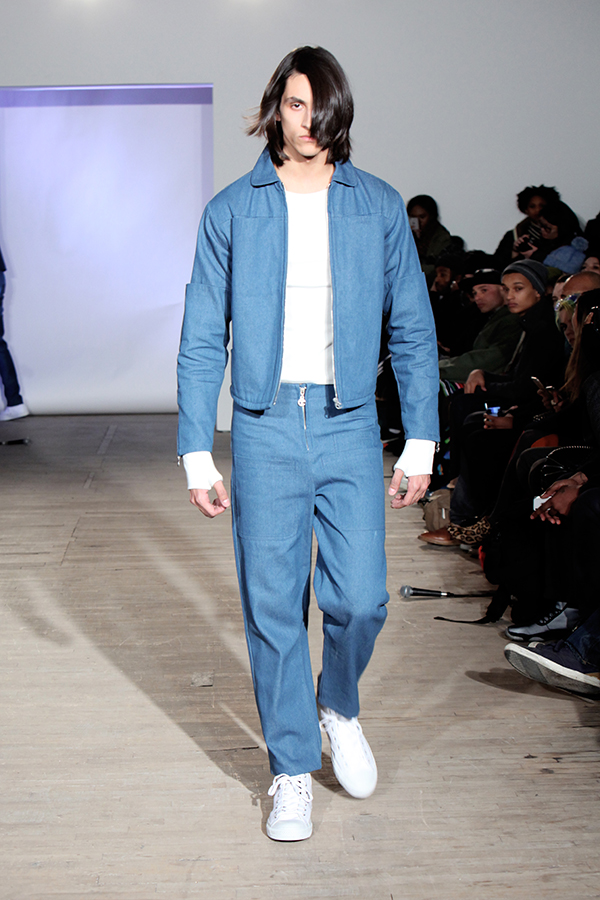
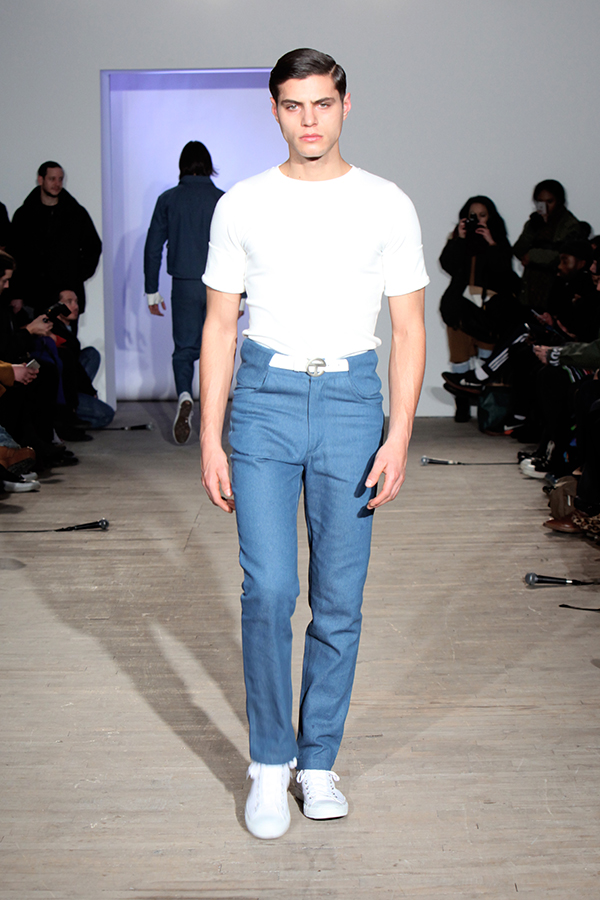
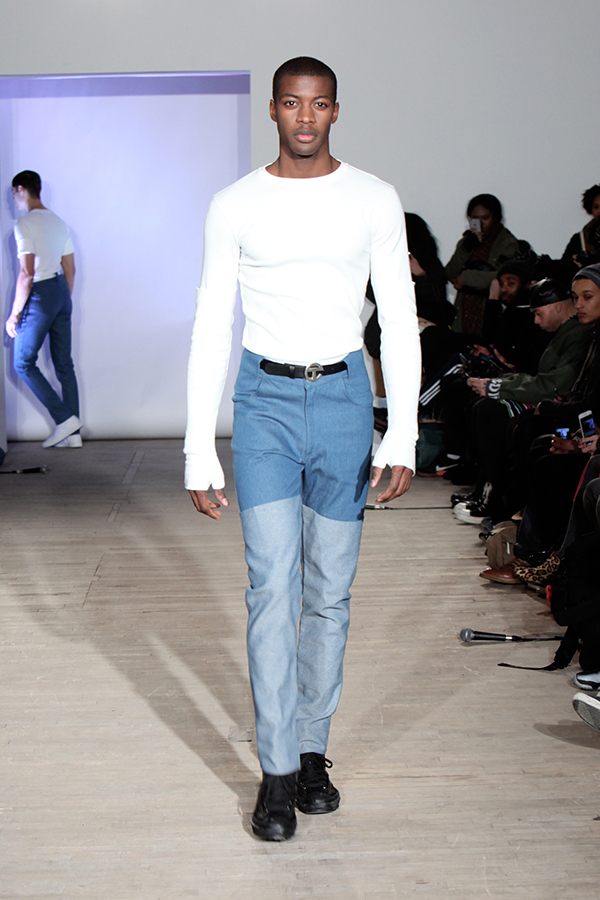
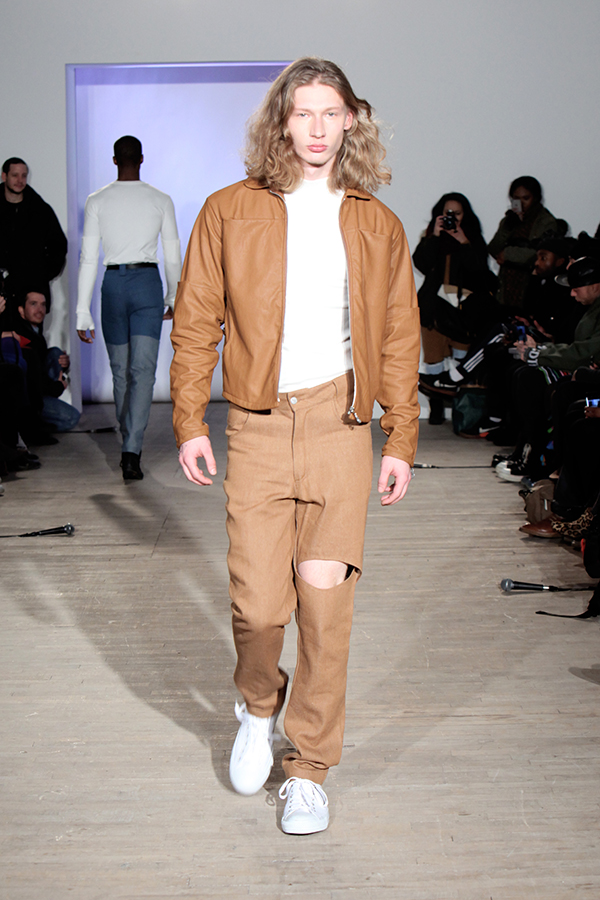
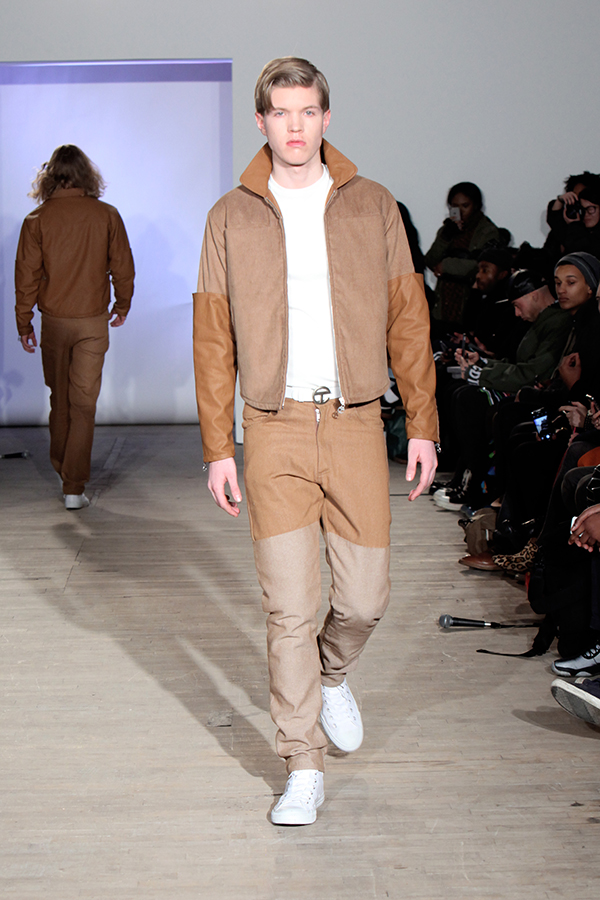
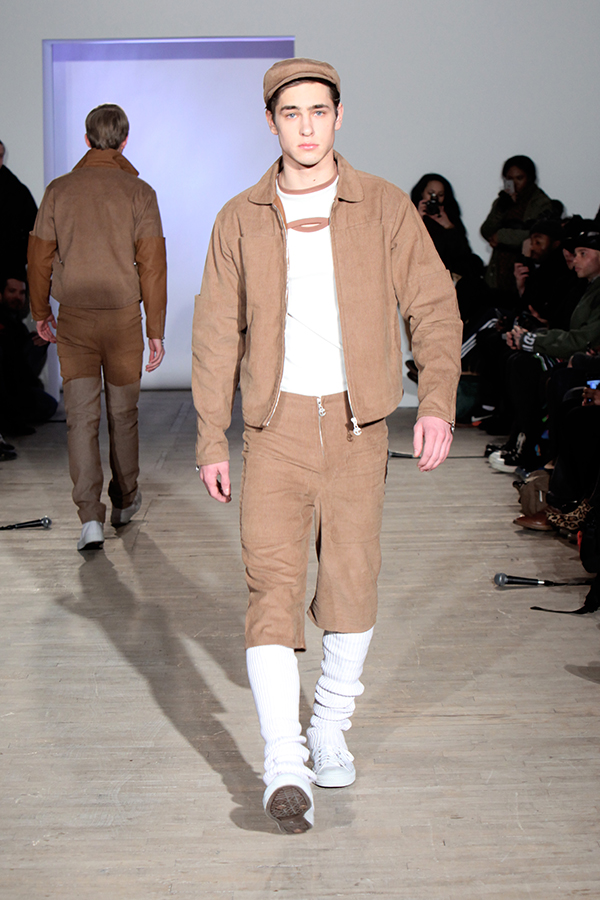
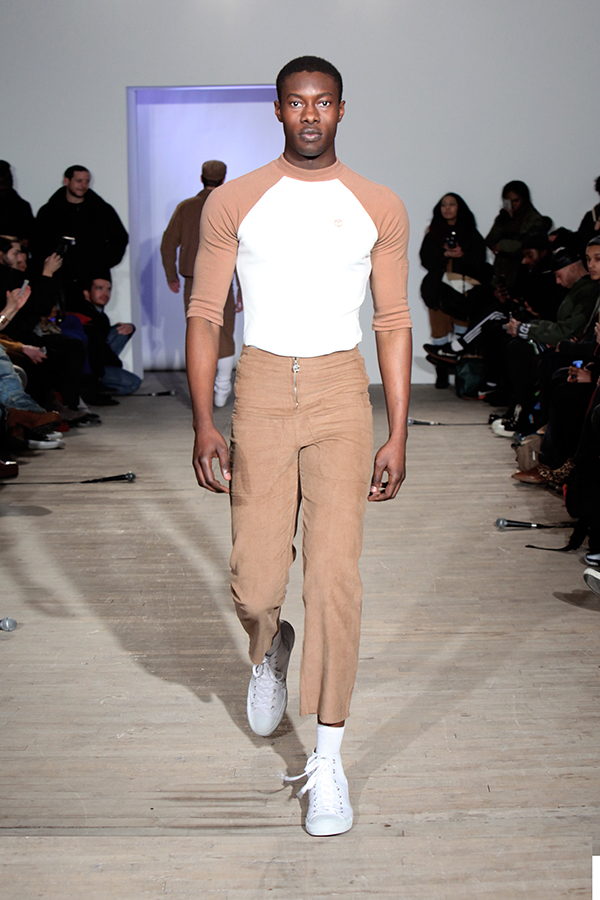
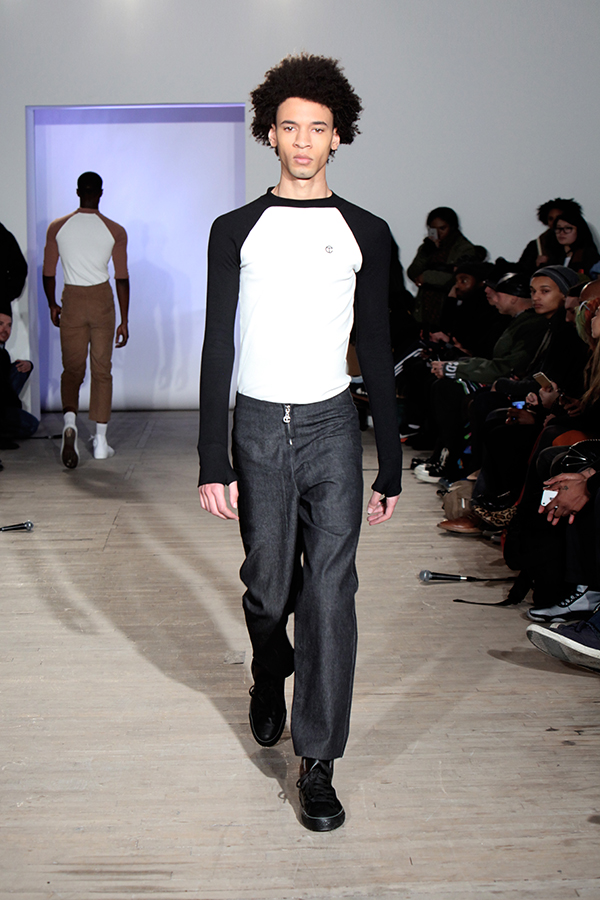
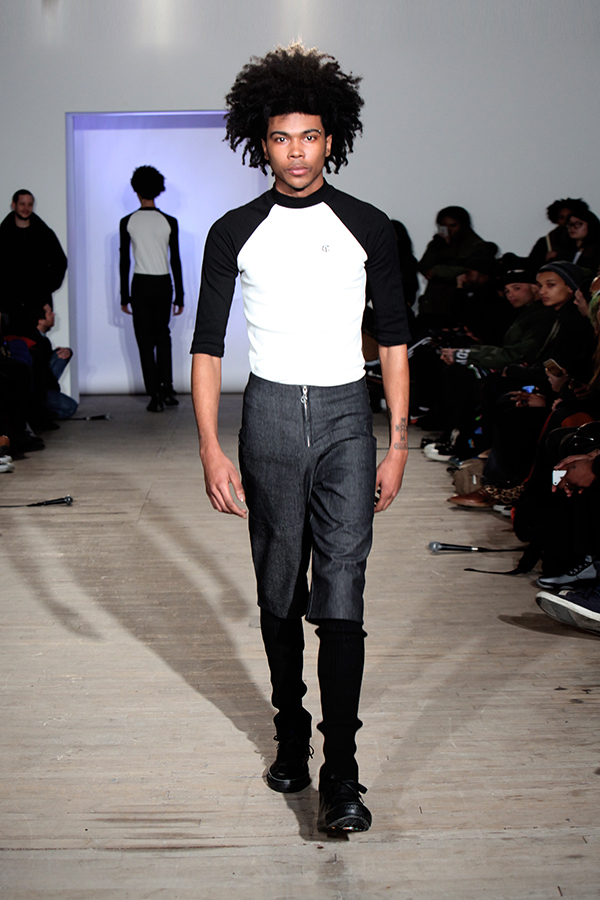
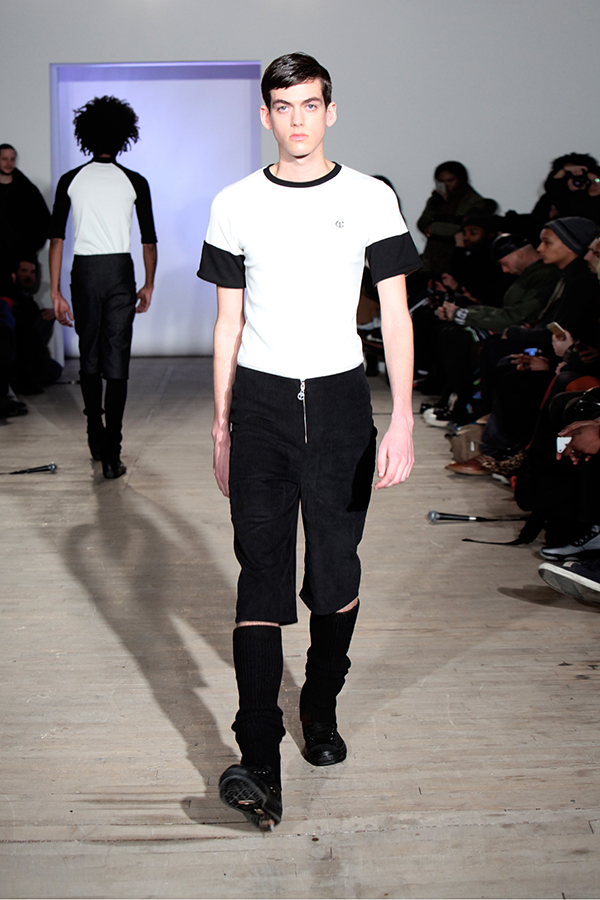

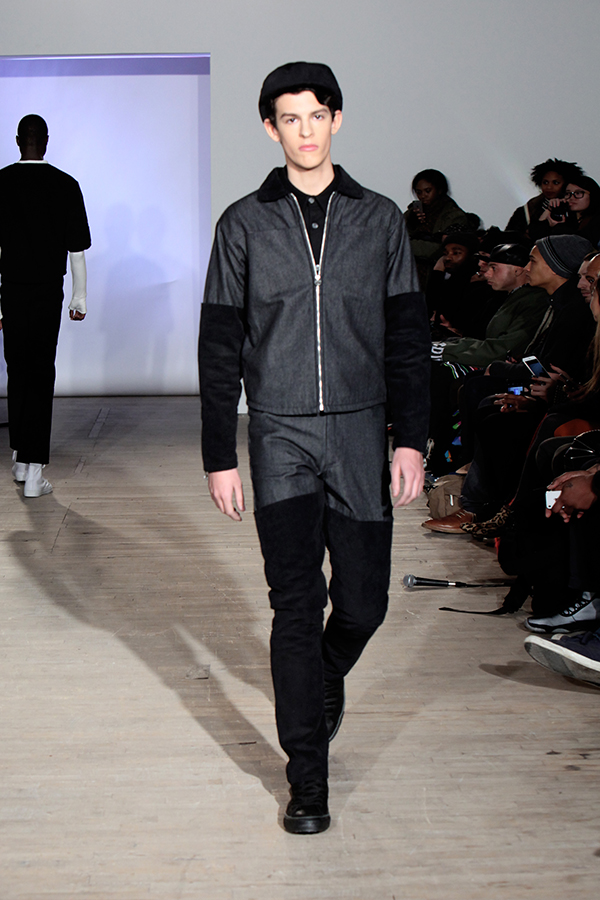
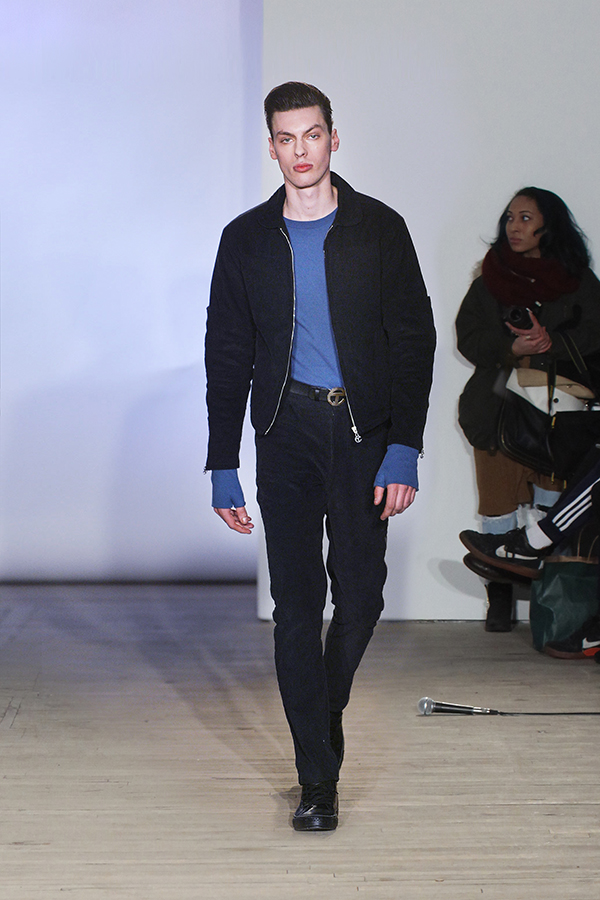
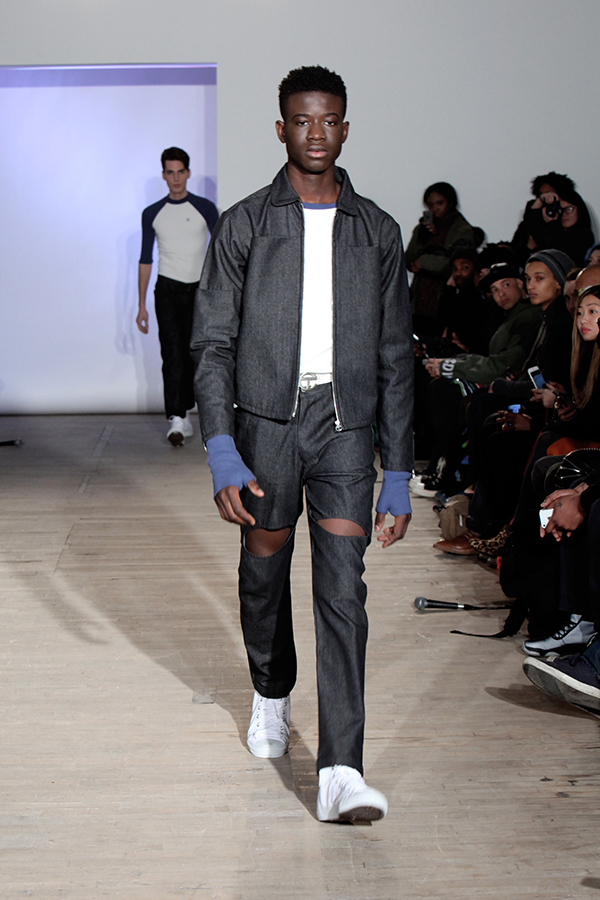
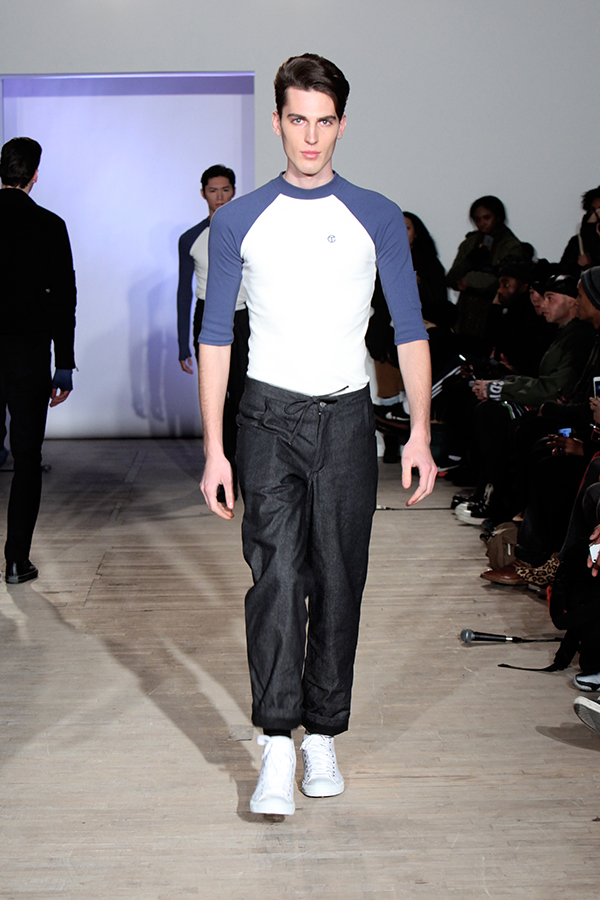

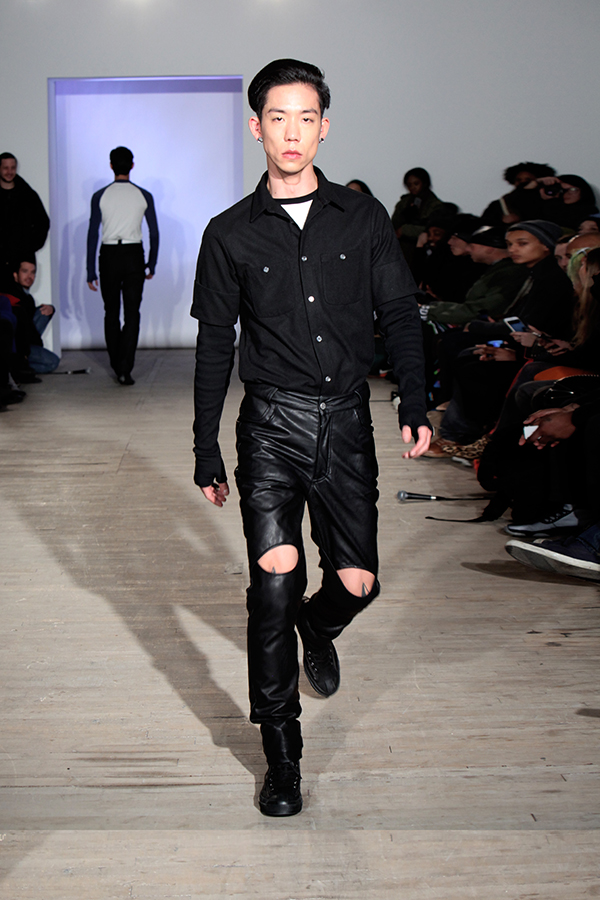

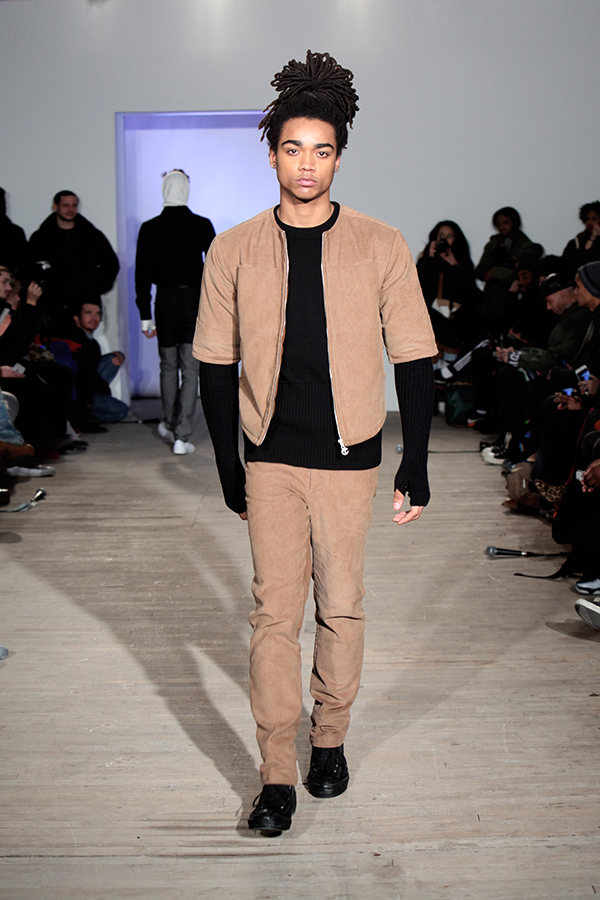
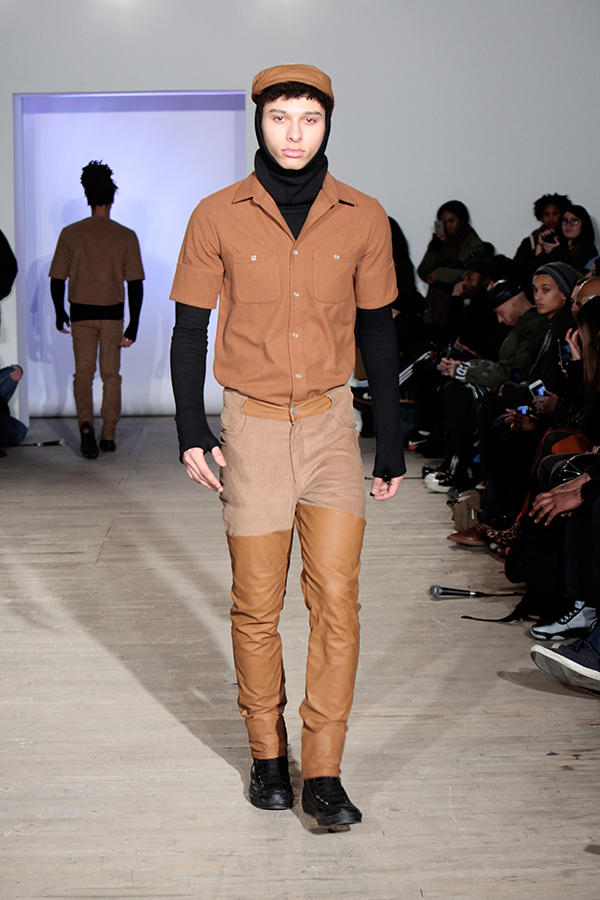

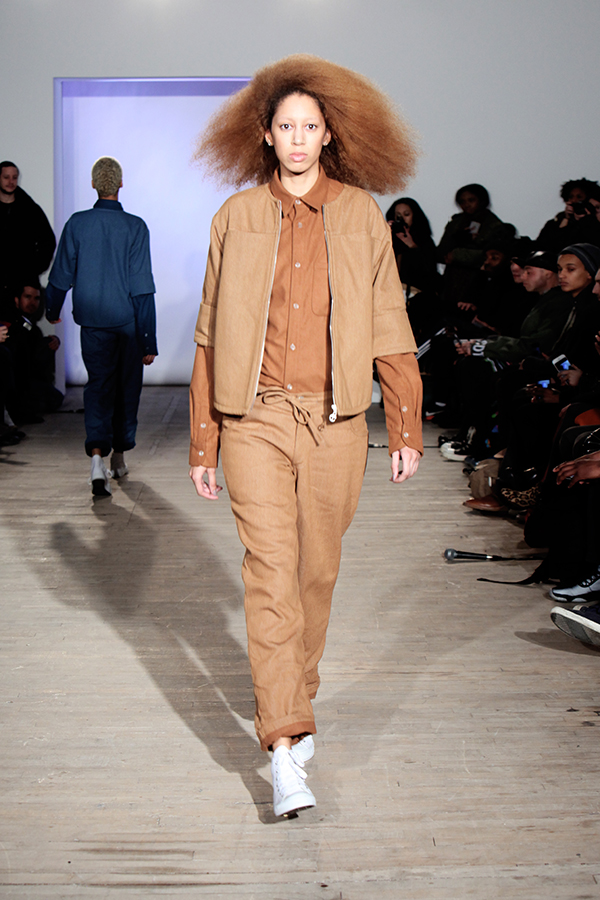
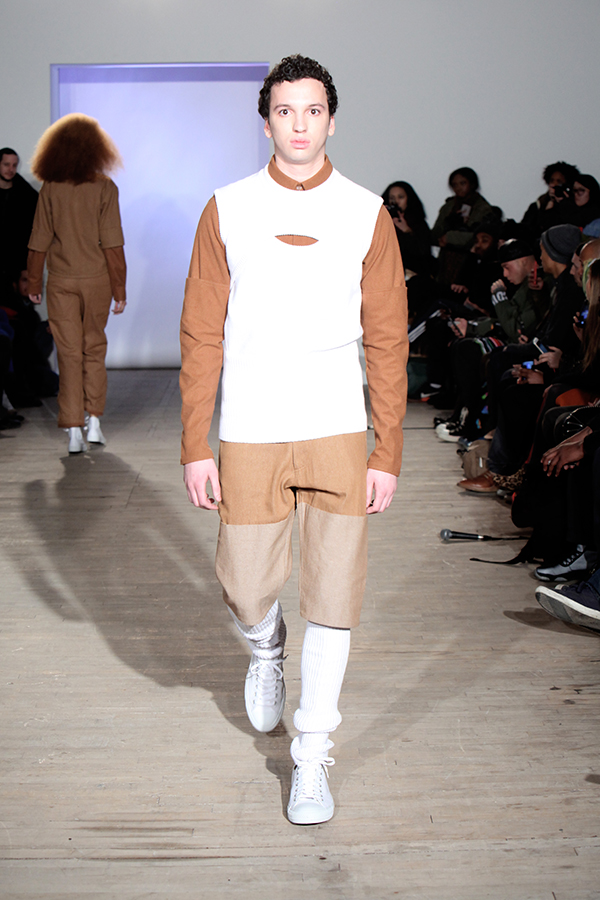
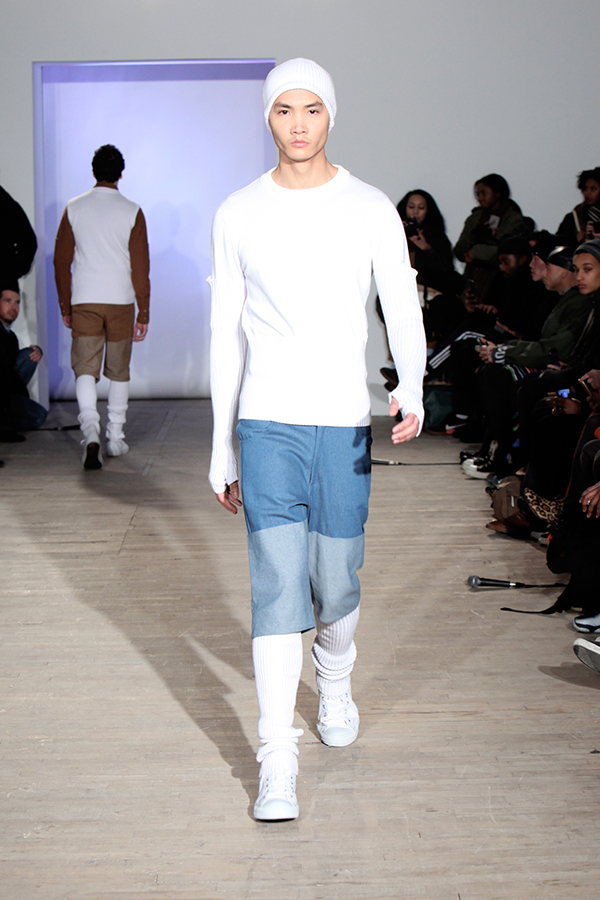

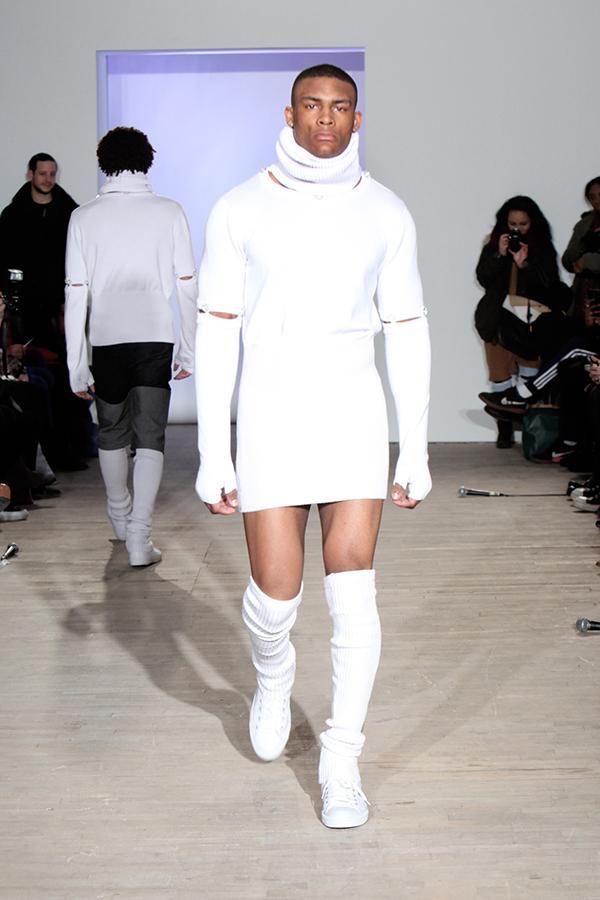
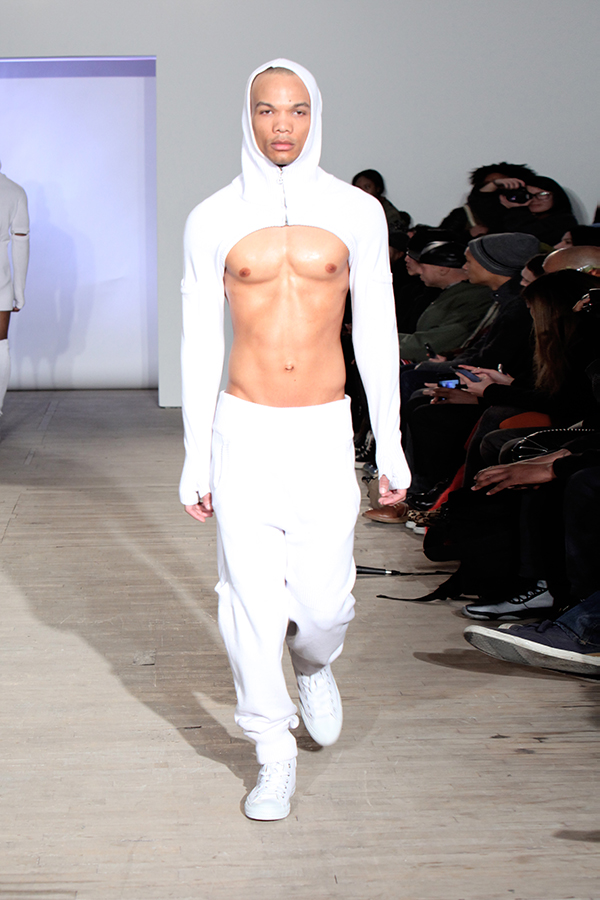



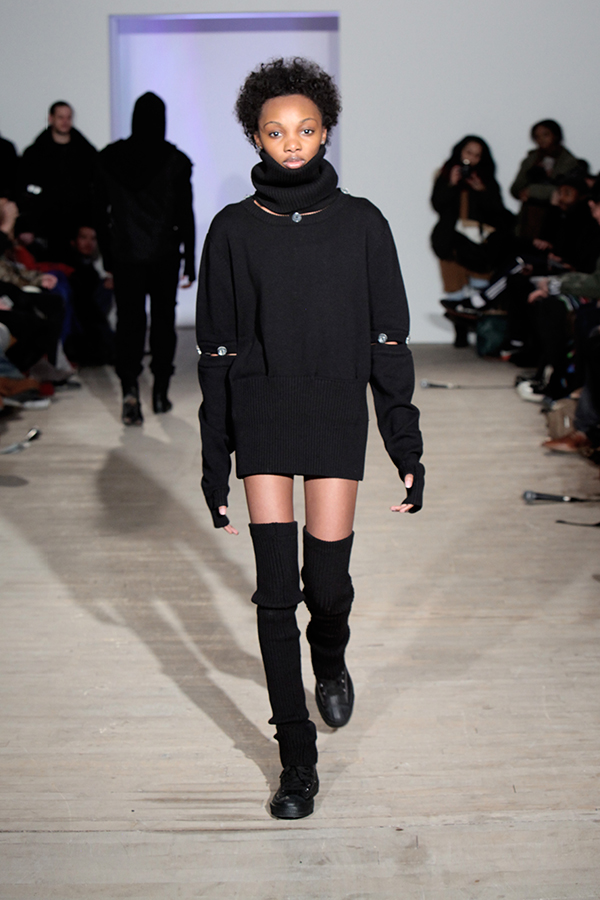
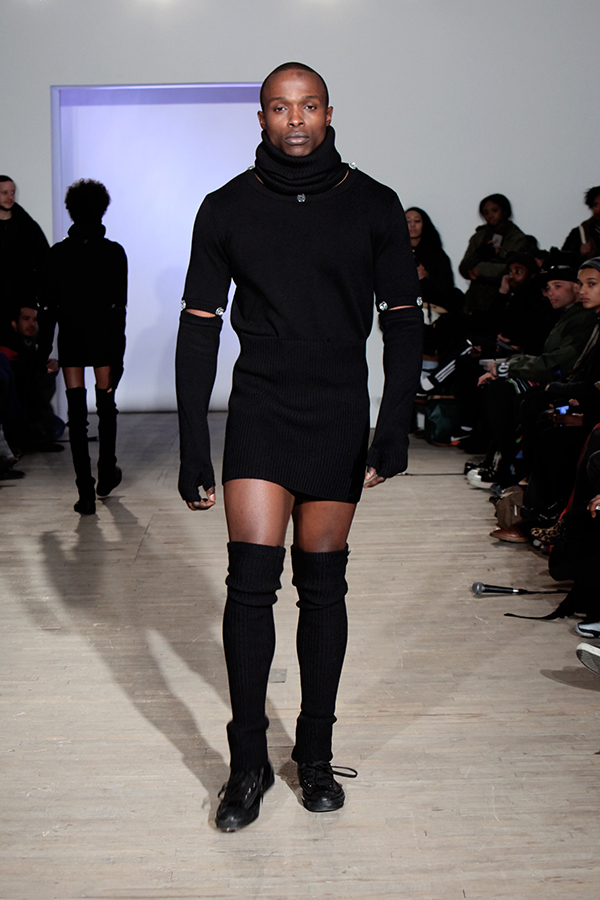

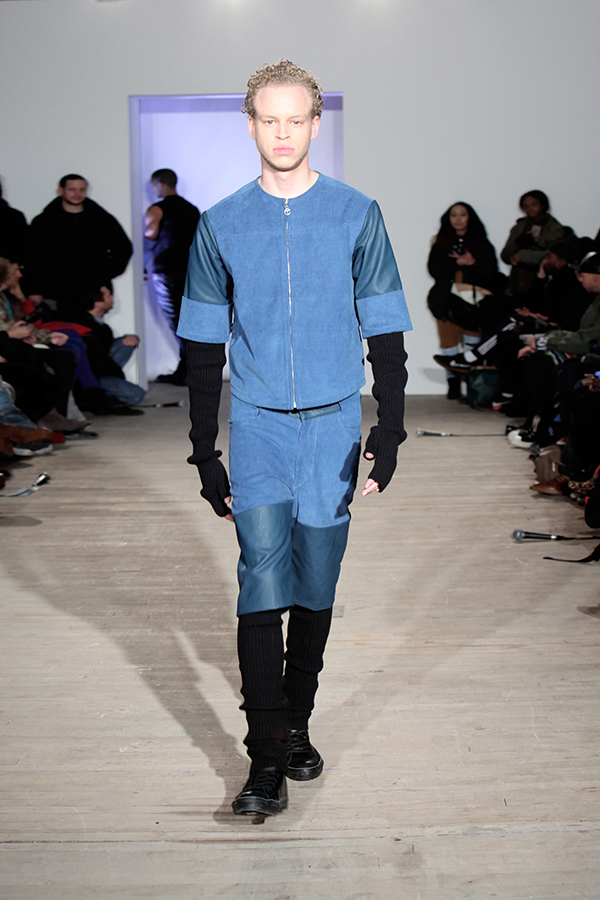
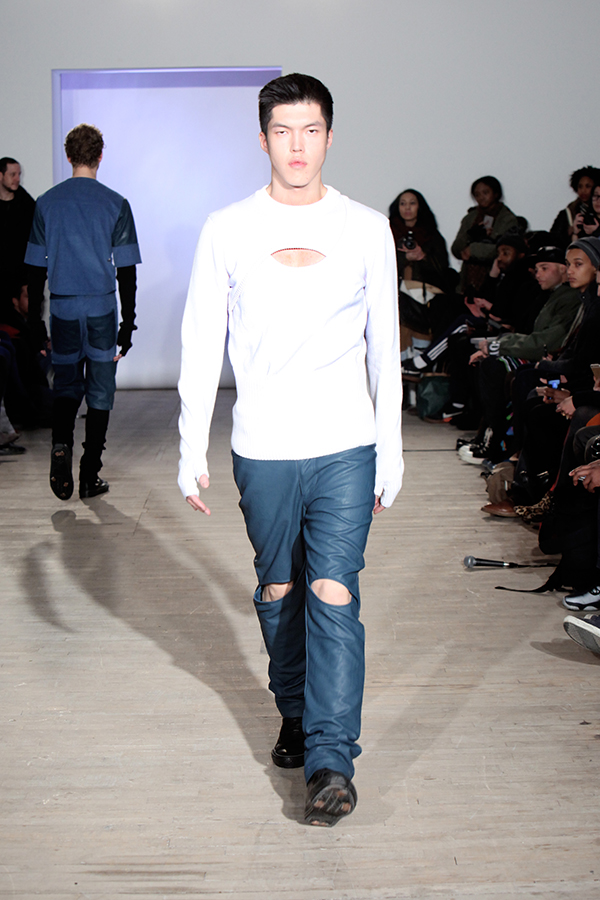
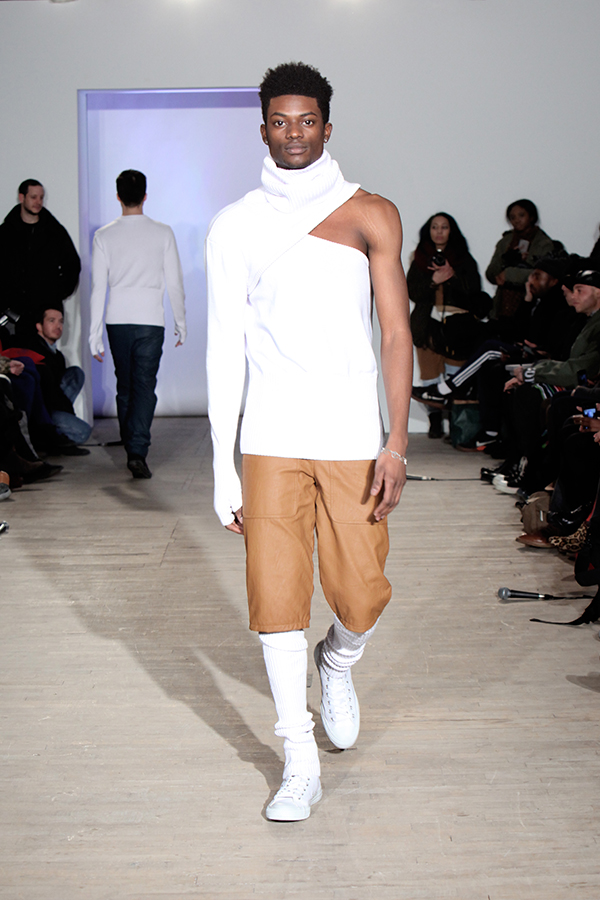
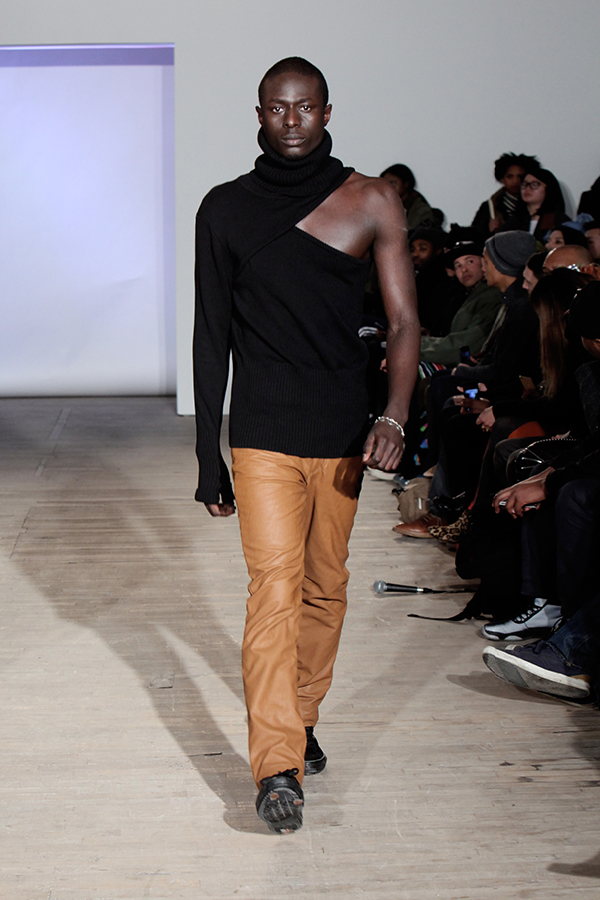
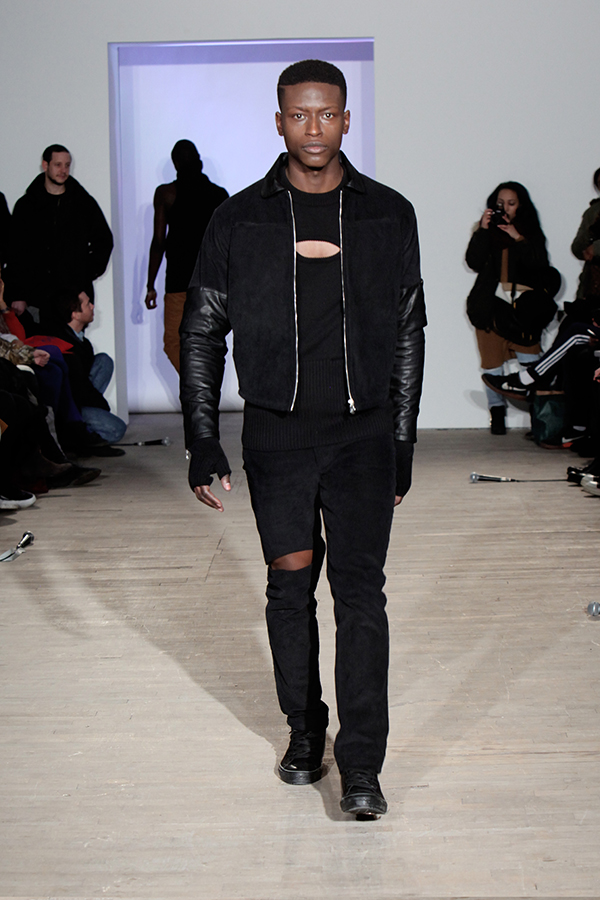
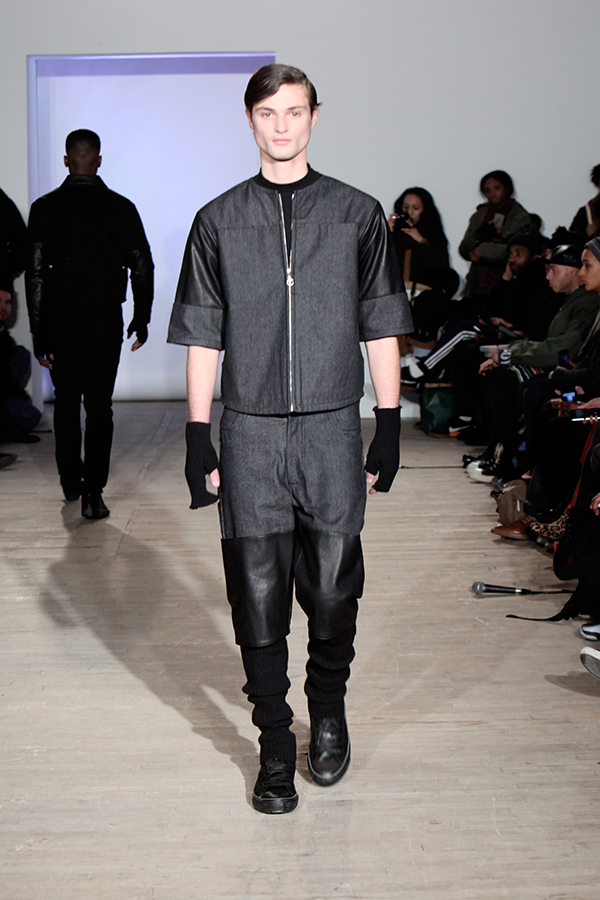
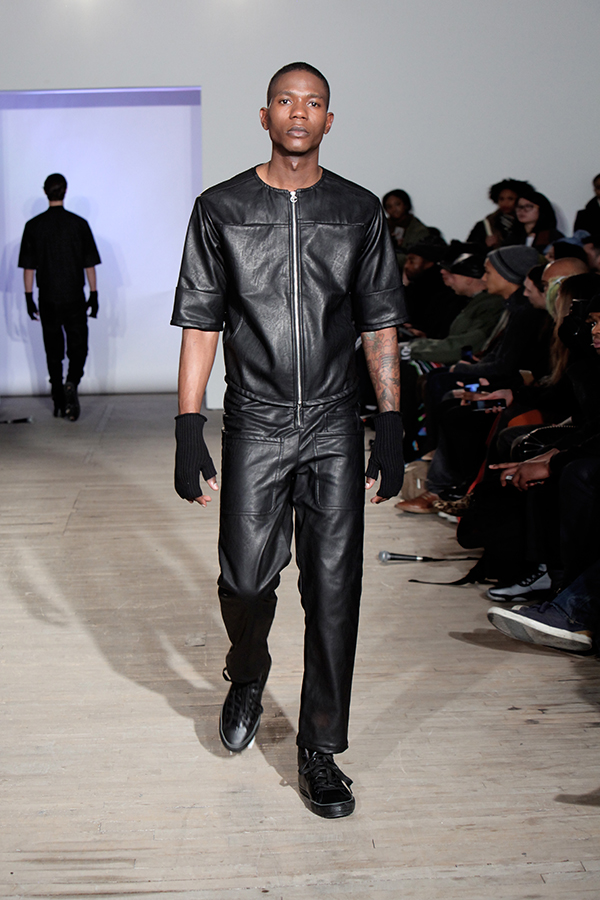
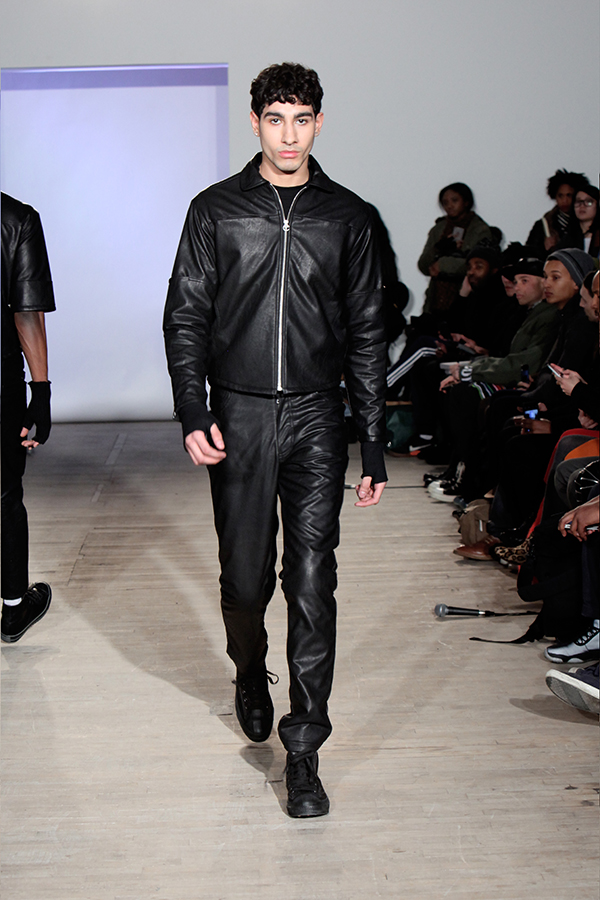

1In his The Postmodern Condition, Jean-François Lyotard summarises the concept of postmodernism as ”incredulity toward metanarratives.” Lyotard, J. (1979) The Postmodern Condition. Manchester: Manchester University Press, p. xxiv
2Eliav-Feldon, M. (1982). Realistic Utopias. The Ideal Imaginary Societies of the Renaissance 1516-1630. Oxford: Oxford Press. P. 4










































































